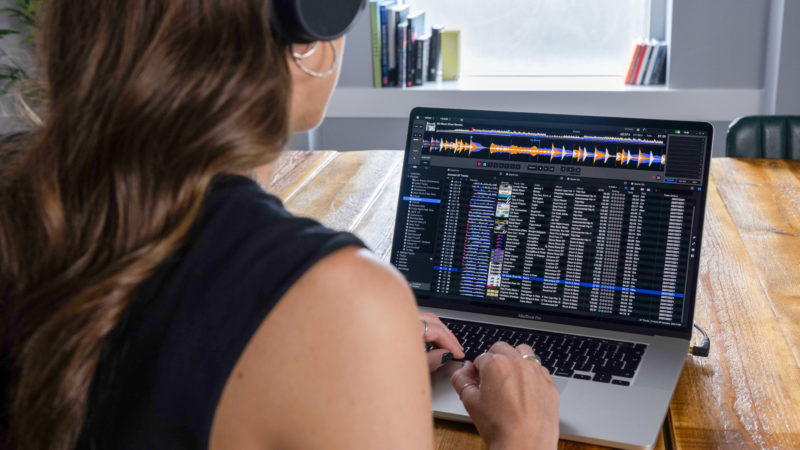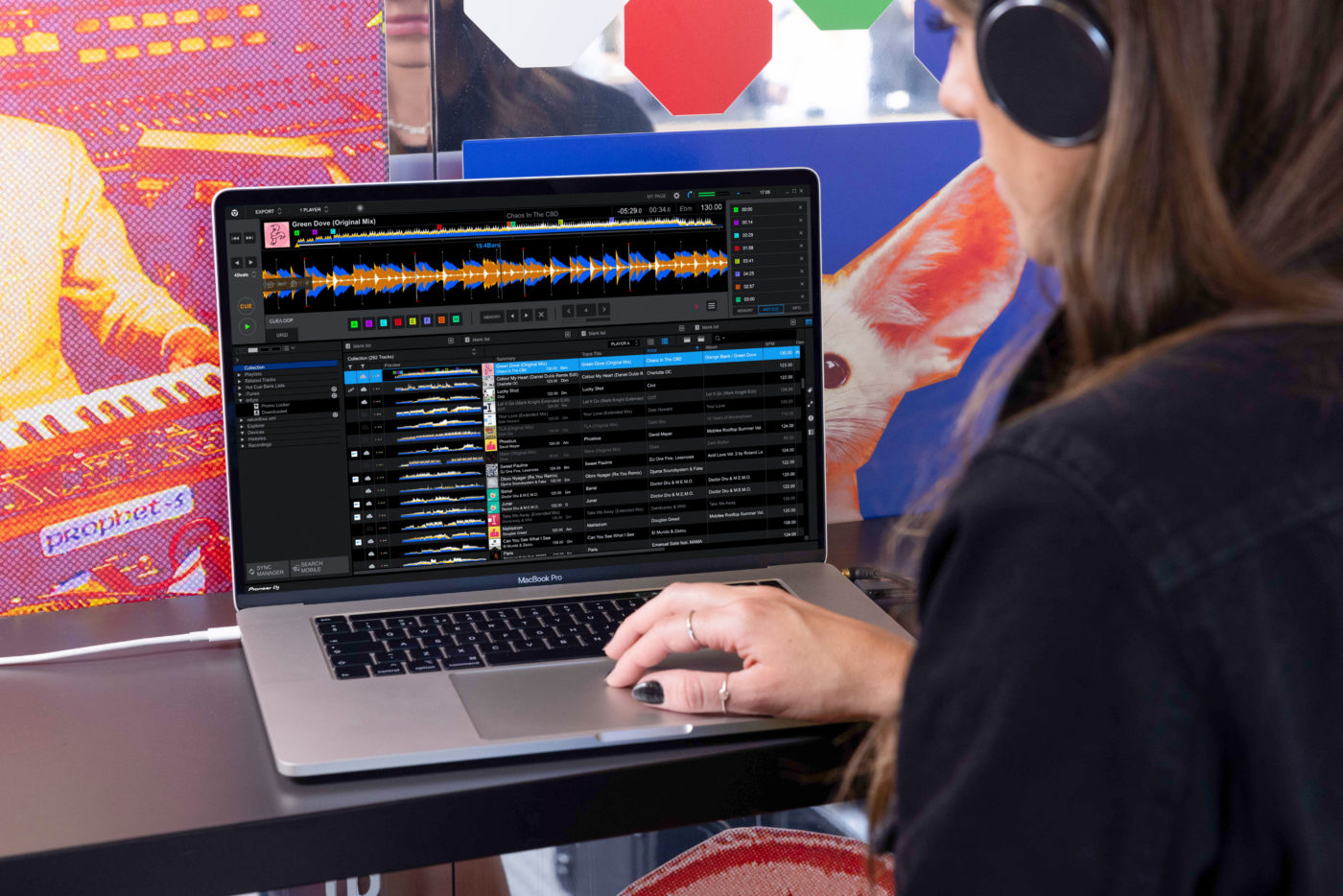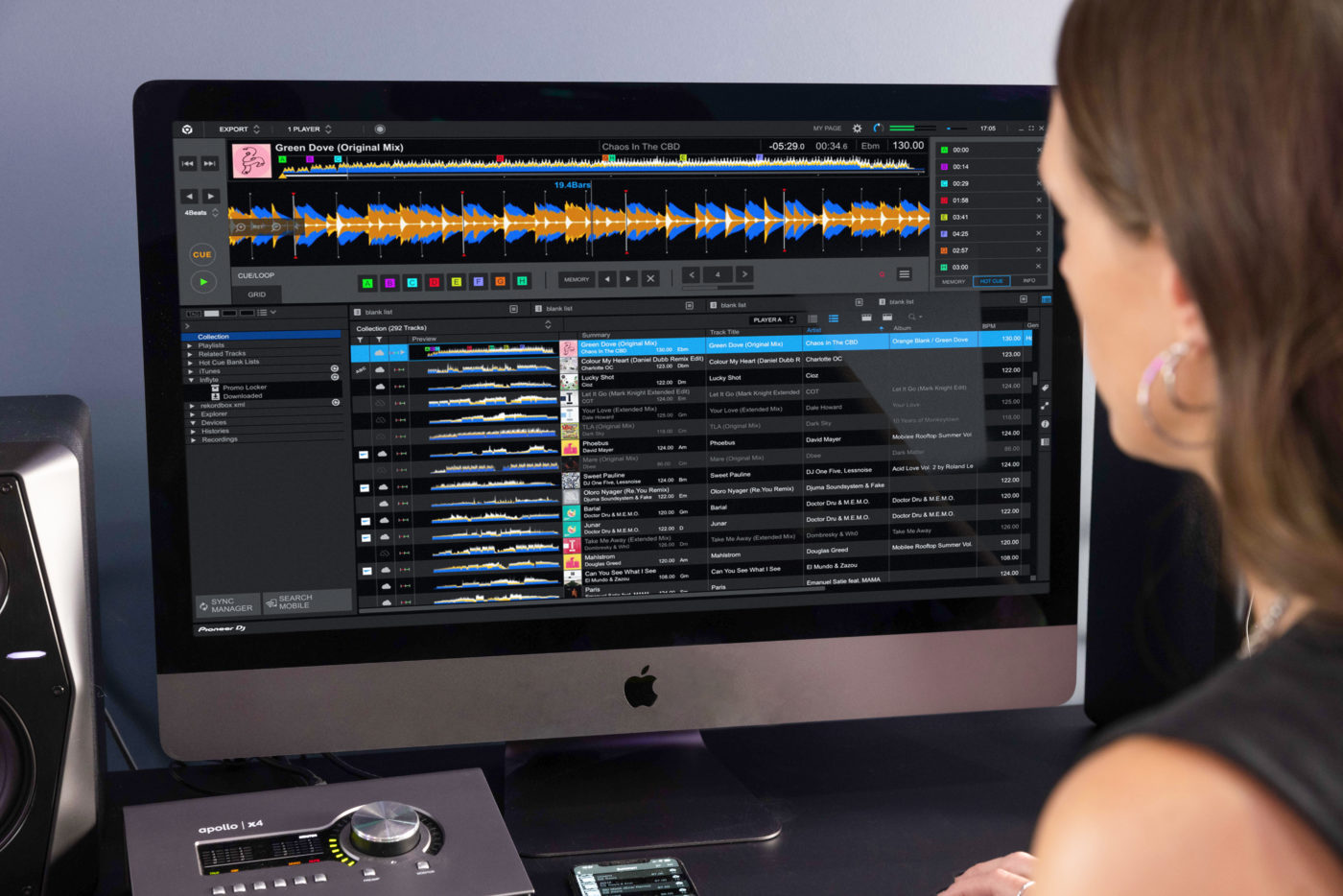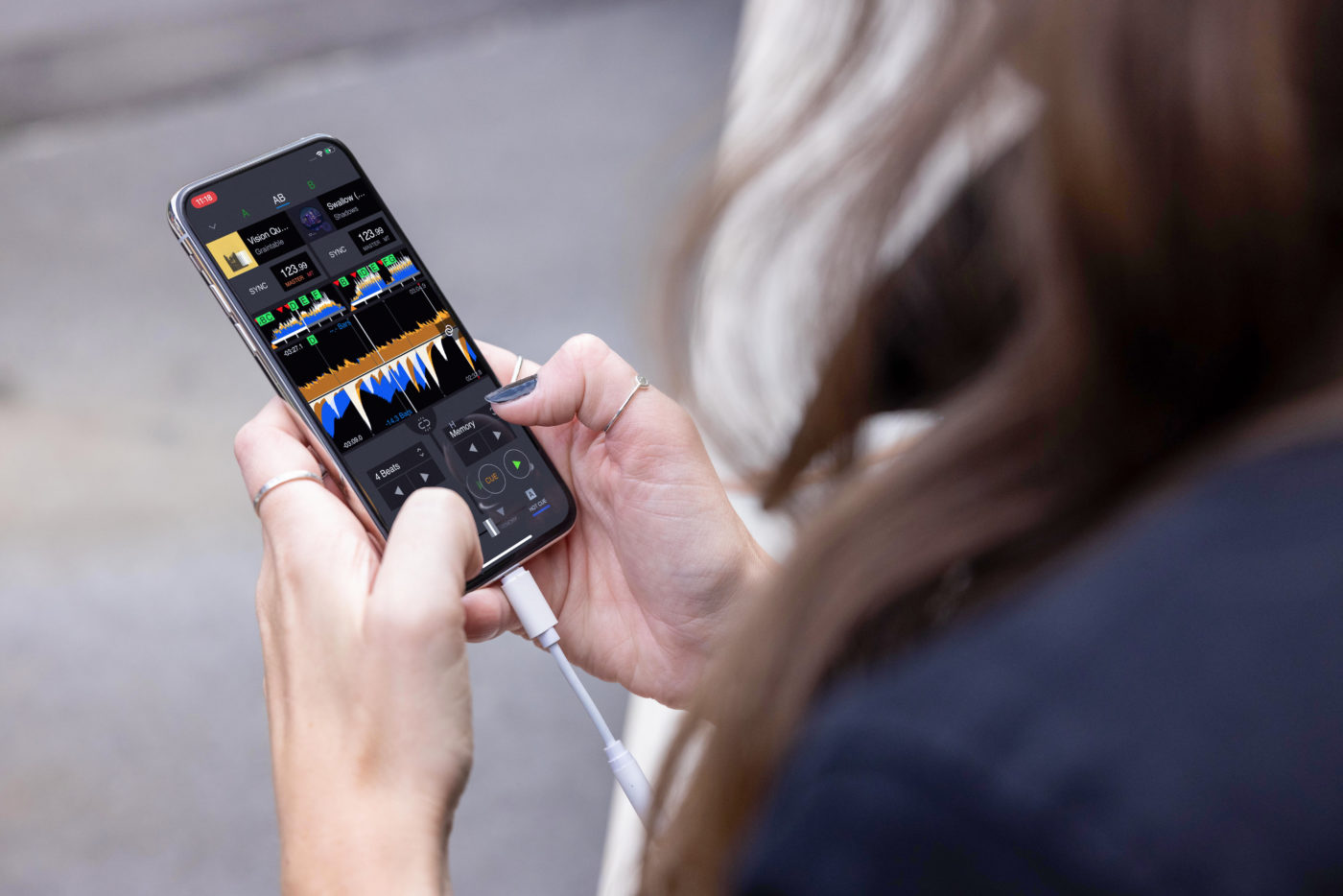Study “histories”
At the risk of stating the obvious, most of your most inspired ideas about which tunes go well together will happen not while you’re seated at your laptop, but while you’re in the mix, following an intuition and connectedness with music that makes categories like genre and tempo seem superficial. Back in the day—that is, all-vinyl, pre-iPhone—these flashes of synergy would usually be lost to the moment, forgotten or only hazily remembered by the DJ and whoever else heard them. These days, they are preserved, and not just in shaky phone videos with tinny sound.
If you’ve never perused your Histories on Rekordbox, we highly recommend it, especially after you’ve had a particularly satisfying mix. All the tracks you played will be there, listed in the order in which you played them. Maybe there are some curveballs, things you’d never think to throw in a playlist when you’re rekordboxing, whether it’s an old track you were surprised had aged so well, or something you’d considered a guilty pleasure that turned out to be perfectly guilt-free. Drag and drop them into your current crop of playlists. This is a great way to channel the elusive DJ flow state into the more cerebral work of crate management.
Merge your DJ crate with your daily favorites
As a DJ, your songs will always be, to some extent, your tools. But it’s important to have a natural relationship with them, too—at least, if you want your sets to have any life in them. To DJ well, you need to really know your tunes, and to know your tunes, you need to listen to them, and enjoy them, as actual music. If you only ever hear them seated at your laptop, appraising their potential usefulness in your sets, your connection with them might be superficial. It may even be hard to tell if you actually like some of them or not. And if you don’t love what you’re playing, how could you expect your audience to?
The best way to get to know the tracks in your crate is to absorb them in natural settings and situations. Listen when you’re out of the house via the rekordbox or Bandcamp apps, or create and update playlists on Spotify, YouTube or whatever streaming service you use. Try to see this not as homework for your DJ set, but for your own personal pleasure. Listen to them while you cook, while you clean, on your way to and from work, when a friend passes you the aux cable, etc. Short of that, at least listen back to your recent finds in a relaxed setting. The important thing is you’re actually listening to them for your personal pleasure, without thinking purely about whether you’d play them or not.
In these situations, you may be surprised which tracks really speak to you. There’s an odd disconnect between music you think is cool and music you actually want to hear. The latter category tends to be the stuff that works best when played out. You can figure out which are which by listening on your phone, going about your usual business and seeing which tracks seem to whisper, “hey… play me!“
This runs in the other direction, too. There are most likely songs you listen to day to day that, though you may not currently think of them as DJ material, absolutely deserve to be in your crate. Scan all the music you keep coming back to outside the context of DJing and think about which bits would work in your sets. If you’re a particular kind of DJ, say, one of the more eclectic variety, we’d recommend getting everything you listen to with any regularity in your crate.
There are a few ways to do this. One low-tech method is to create special playlists on whatever streaming service you use, whack in anything you hear that has even a remote chance of working in a DJ set, then routinely review these playlists. For a more tech-savvy solution, services like Soundiiz are built specifically to integrate the libraries and playlists you have across different softwares and streaming services. However you do it, the goal is to get all the songs you love into your crate and easily accessible while you’re DJing.
That might sound like an overwhelming amount of music to manage, but if your playlists are well-tended and your rekordboxing methods are on-point, you’ll have no trouble keeping tabs on a vast library. And the rewards can be explosive.
Consider the Berlin DJ Boris, who, in the middle of a multi-day New Year’s party at Panorama Bar, played the entirety of Maurice Ravel’s classical piece “Boléro,” described by audience members as a “tears on the dance floor” moment. The very act of adding this song to a club playlist is an expression of creativity. You can never know ahead of time what will rock a particular party. But keep your crate in shape and, when the time comes, you’ll have the right tunes ready—and know exactly where they are.







